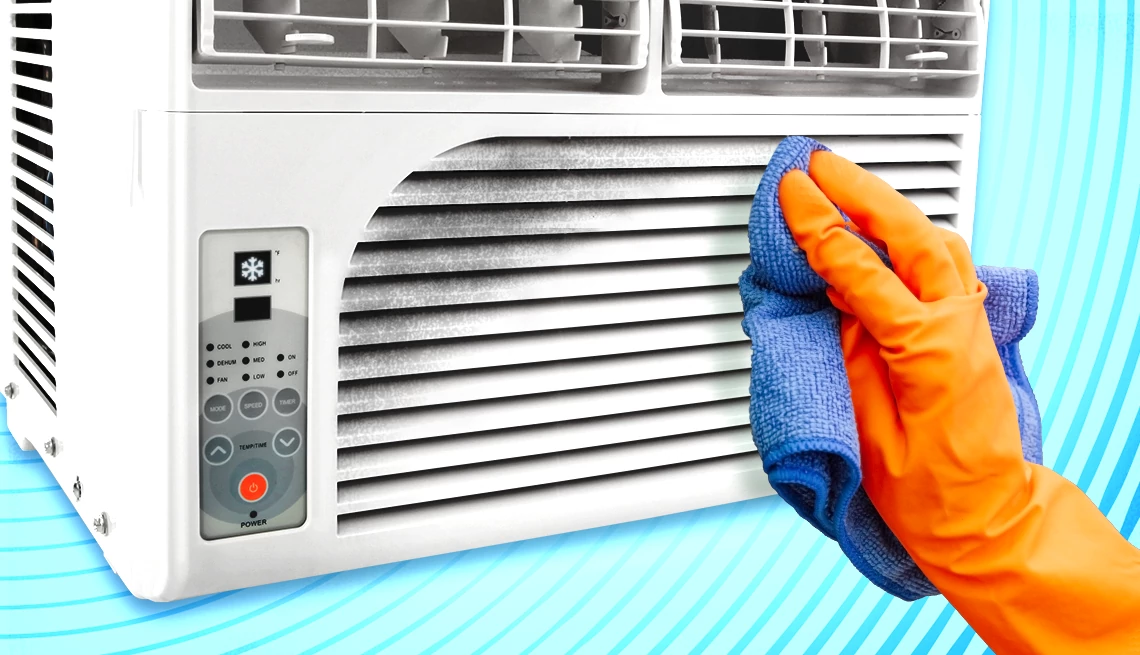AARP Hearing Center


This summer is forecast to be hotter than usual across most of the country. Already temperatures have topped 100 degrees Fahrenheit in places such as Phoenix and San Antonio, Texas.
It’s important to stay cool, since heat can be dangerous for older adults as they are more likely to get sick from the heat — including experiencing dizziness, cramps, chills, nausea and even death, according to the National Institute on Aging. That’s because aging bodies may not cool down as well as younger ones, and some medications for chronic health conditions may affect how the body sweats or handles heat.
For many people, summer heat is only bearable with air conditioning.
For those without central air, that may mean installing a window air conditioner unit. But before you do that, taking a few simple steps could keep you cooler longer. A little extra care now may help your appliance work more efficiently, extend its life and reduce your power bills.
“A window unit can last five to 10 years if maintained properly,” says Hubert Miles, a certified master inspector and owner of Patriot Home Inspections in Summerville, South Carolina.
Here are some expert tips to keep your appliance in top shape.
1. Clean the exterior
Before installing or turning on the unit, use a soft, damp cloth to remove dust, dirt and other debris from the exterior, including the vents, so it won’t impede airflow.
2. Clean the air filter
Dirty air filters can hinder airflow, reduce cooling efficiency and increase energy costs. Clean the filter about once a month, or as recommended by the manufacturer, when in use.
“The filter inside is washable, but most people don’t ever take it out and clean it or do it regularly enough,” Miles says.
Deb Medeiros, 55, of Marion, Massachusetts, put in her window unit last week. Beforehand, she removed the cover on four window units, took out the filters, washed them in the sink and let them air dry thoroughly before reinserting them. “It’s not a huge chore,” she says.



































































More From AARP
AARP's Fast-Action Guide to Replacing Appliances
When your home essentials break and there's no time to lose, these shopping tips can help
11 Ways to Lower Summer Electric Bills
Generate big savings with little effort
How to Keep Your Dog Cool in the Summer Heat
7 strategies to prevent your pet from overheating